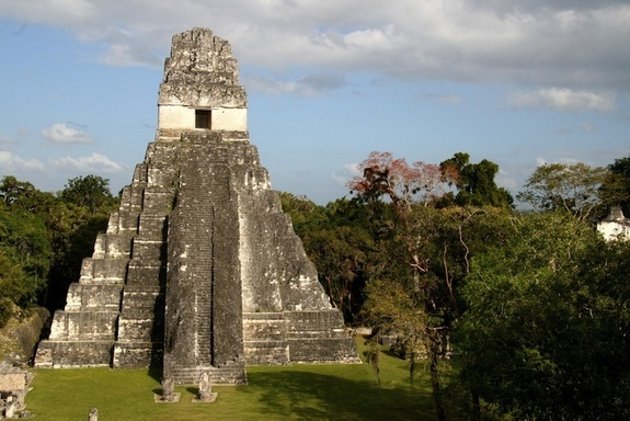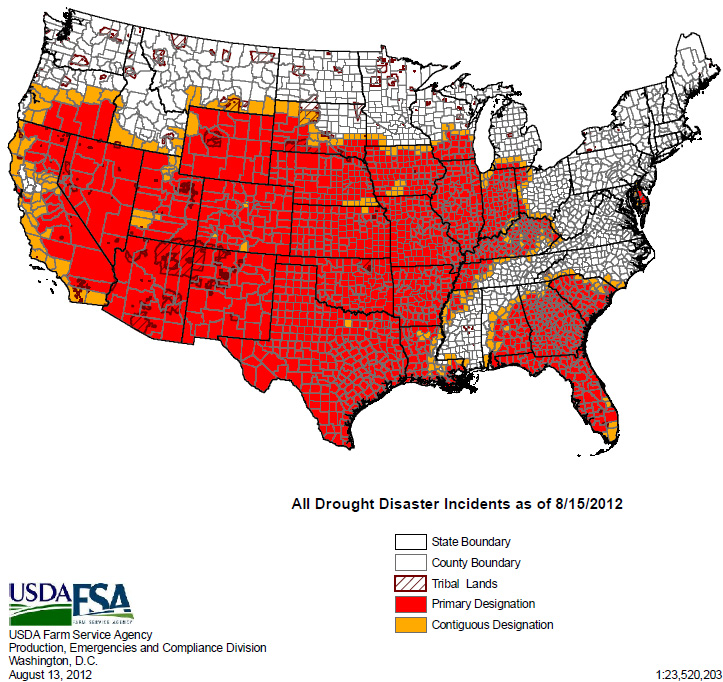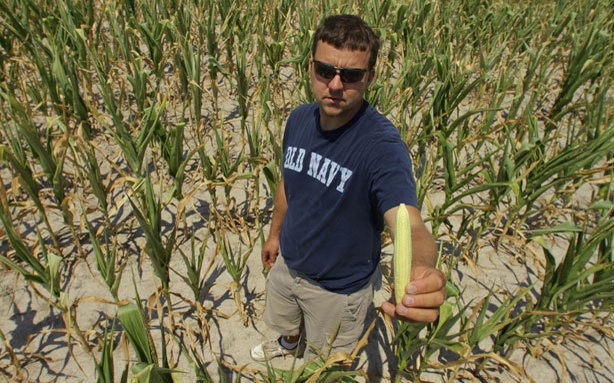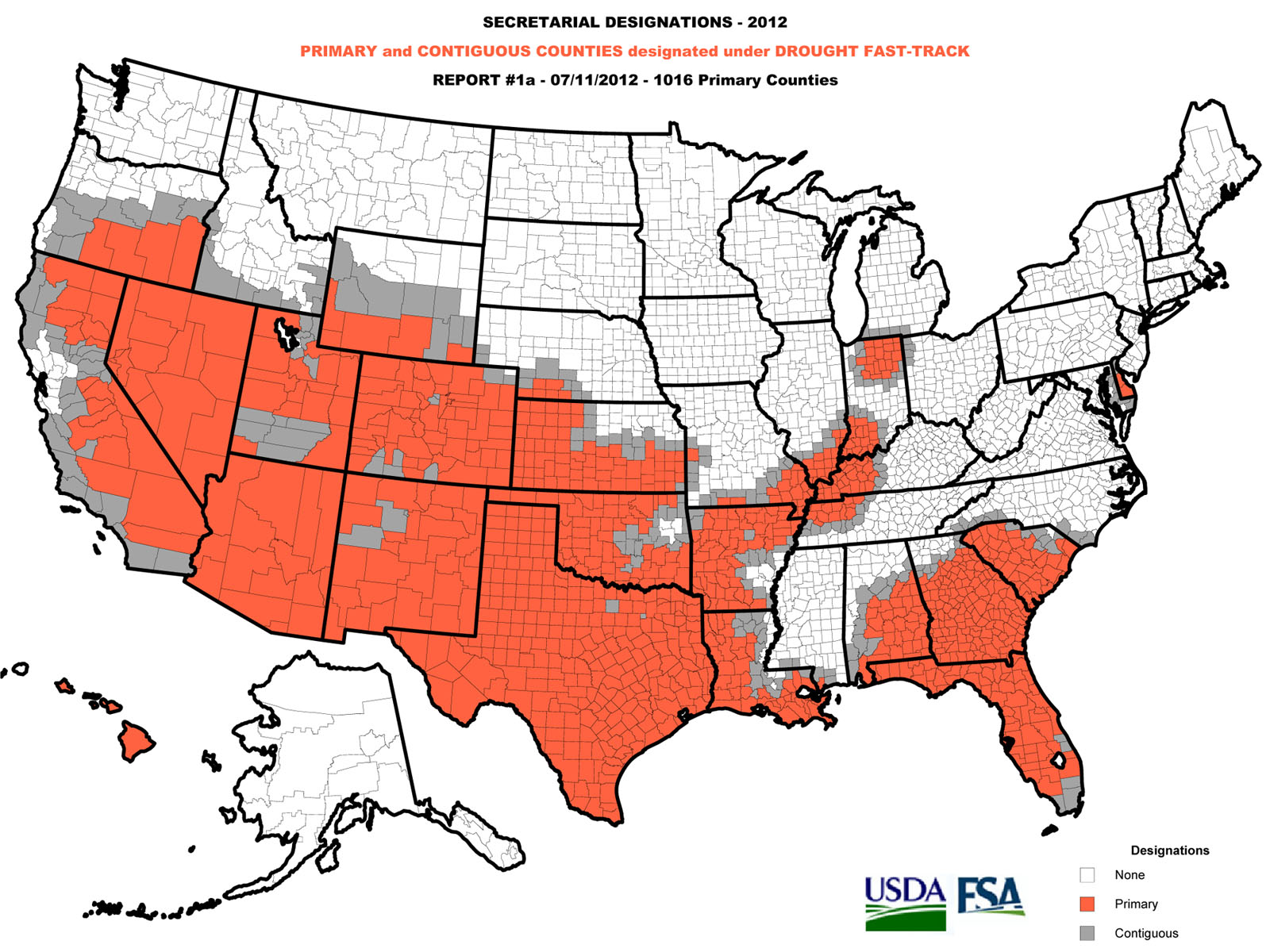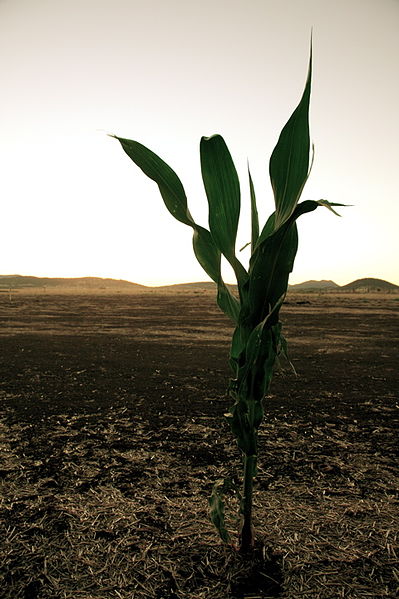– Texan drought sets residents against fracking – video (Guardian, Aug 11, 2013):
In Mertzon and Barnhart in western Texas, the worst drought in two generations is choking the water supply. Water shortages are raising tensions between locals and the fracking industry. Drilling for shale gas uses up to 8m gallons of water each time a well is fracked. Suzanne Goldenberg reports
More info on fracking:
– ‘The Real Threat: Acid Jobs’
– Fracking Our Food Supply – Livestock Falling Ill In Fracking Regions
– David Letterman On Fracking: ‘We’re Screwed’ (Video)
– Human-Made Earthquakes Reported In Central U.S (Reuters)
– US Government Confirms Link Between Earthquakes And Fracking
– European Gas Giant Backs French Fear Of Fracking
– Texas Forces Firms To Open Up On ‘Fracking’
– Fracking Hell: Toxic And Radioactive Waste – The Untold Story
– The Oil and Gas Industry’s 800-Pound Gorilla: RADIATION!
– ‘Fracking’ Result (= Contamination) For UK Shale Gas Will Be Kept Secret Until 2015


